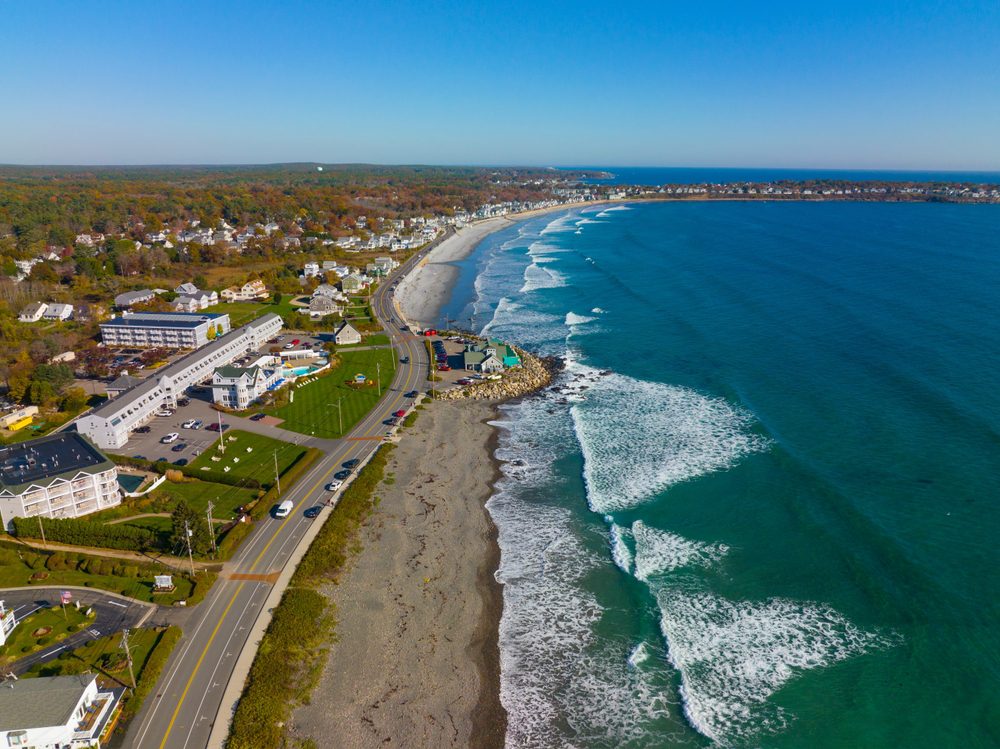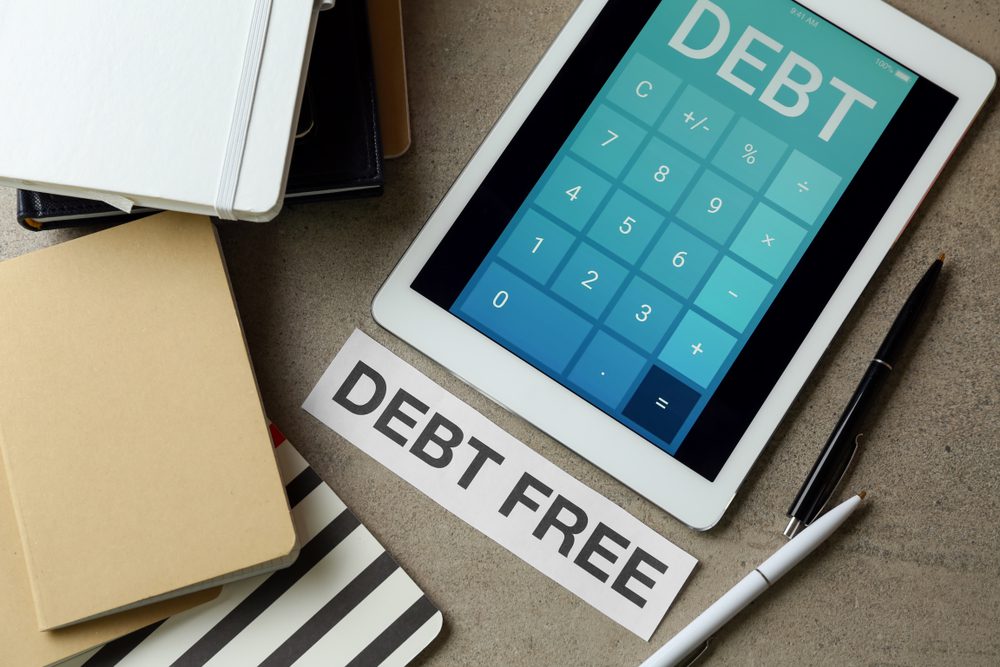
Month 5: Building a Micro-Emergency Fund
A sinking fund is for known expenses. An emergency fund is for true, unforeseen surprises—the broken water heater, the emergency trip to the vet, or a sudden medical bill. Building a large emergency fund can feel impossible on a fixed income, so we are going to start small. The goal this month is to build a “micro-fund” of just $300 to $500.
This small cushion is often enough to cover minor crises without having to use a high-interest credit card or derail your entire budget. To build it, we’ll use the “pay-yourself-first” method. This means you treat your savings contribution like any other important bill. Before you pay for groceries or gas, you take a small amount of money from your income and put it directly into your emergency savings.
Even if it’s only $5 or $10 per week, it makes a difference. If you can find $25 a month from your “every dollar” budget, you’ll have $300 saved in one year. If you made a smart switch to store brands at the grocery store and saved $40 a month, that money can go directly into building this fund. The key is to make it automatic. You can set up an automatic transfer from your checking to a separate savings account for the day after your income arrives. Out of sight, out of mind. The goal is to get started, no matter how small the amount.









